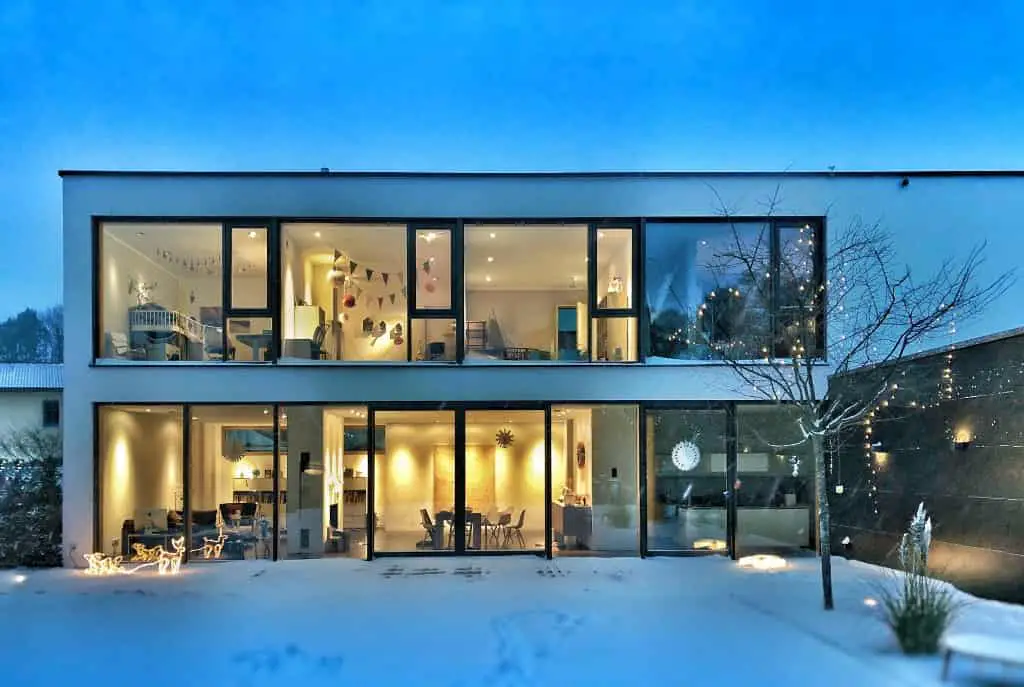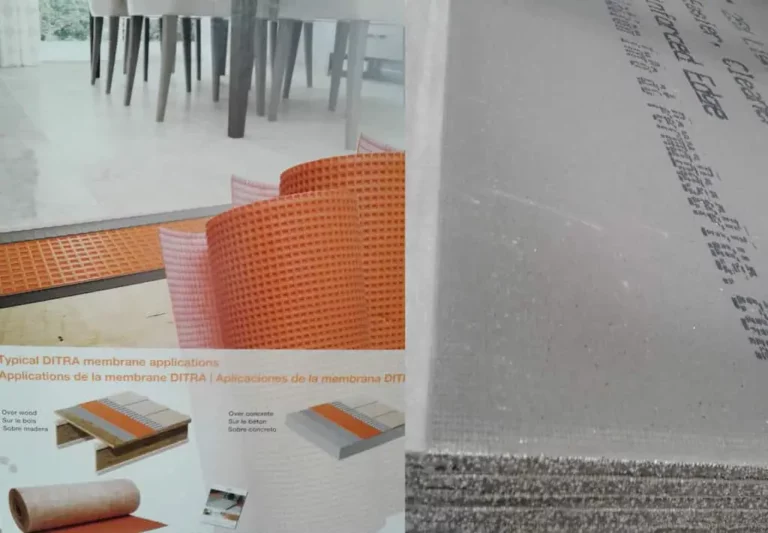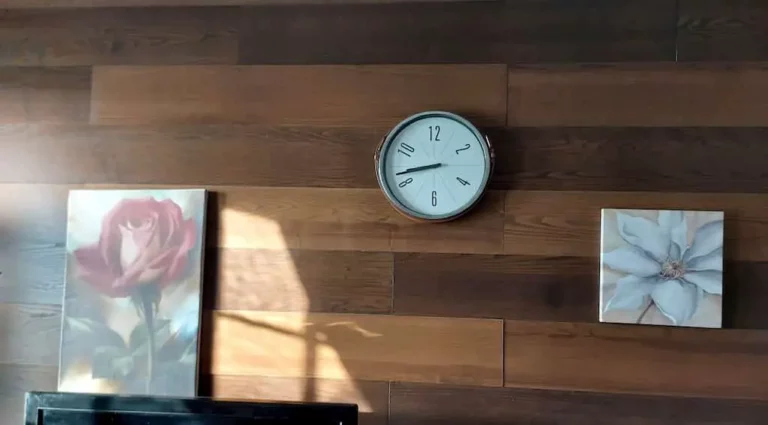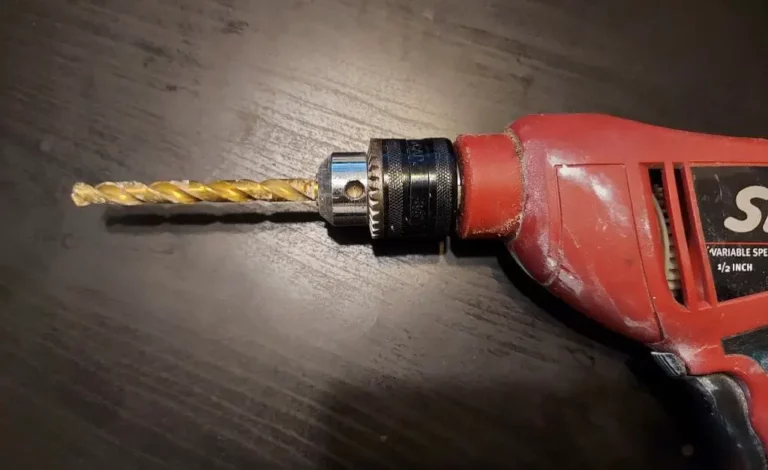Are Concrete Homes Good For Winter?

Concrete is durable, low maintenance, healthy, and safe to use. This material is versatile and economical. A concrete house is a good choice when it comes to choosing a suitable home. But are they good for winter?
Concrete homes are good for winter. Concrete has a high thermal mass and will keep your house’s temperature stable. Concrete homes remain warm during cold days and cool during hot days. There are also other ways to keep your house warm during the winter, like installing a thermostat.
In this article, we will examine whether concrete homes are suitable for winter seasons, why that is, the benefits of having a concrete house, and what you can do to keep your house warm this winter!
Do Concrete Houses Keep You Warm?
Concrete houses are a great choice when living in warm or cold climates. During the winter, the concrete will keep your home warm and during the summer, keep it cool. The reason is that concrete has a high thermal mass and keeps the house’s temperature stable.
Benefits Of Having A Concrete Home
There are many pros to having a concrete home:
- It keeps the house’s temperature stable. Because of its high thermal mass, concrete keeps your house’s temperature stable. It will be cool during summers and warm during winters.
- Concrete is durable, strong, and stable.
- Concrete does not rot.
- Of all building materials, concrete offers the best fire resistance. This means it does not burn or emit any toxic fumes and smoke.
- Concrete does not easily transmit sound and is, therefore, quieter.
- Its resale price is high.
- Its life expectancy is higher than timber frame buildings.
- Concrete homes are easier to maintain.
- You can recycle concrete.
- Concrete homes are flexible when it comes to floor planning and designing.
How To Warm Up The Inside Of Your Concrete House
While concrete homes create stable temperatures, this does not mean your house will never be cold. There are many ways to make your concrete house even warmer during the winter. You can install a thermostat, purchase heaters, ensure your radiator is not blocked, and let the sunshine into the house.
Insulation curtains are also a great idea to keep your home a bit warmer than it would normally be. You can even insulate the outside or inside of your concrete home to ensure heat does not escape. If the cold is unbearable, seal your windows and doors to block cold air and wind from entering your home.
Install A Thermostat
You can install a programmable thermostat in your home and preset temperatures for different times during the day. Most of these thermostats can be used for heat and air-conditioning.
Purchase A Space Heater
An easy way to keep your home warm this winter is to purchase a heater and plug it in. This will quickly warm up the room you put it in. It won’t heat your entire house but will provide warmth to close surroundings. However, there are some heaters that are made for larger rooms.
Move Your Furniture Away From The Radiator
If you have a radiator with furniture in front of it, keeping the furniture, there will block the flow of heat in your home. So move your furniture away from the radiator to let heat flow throughout the house.
Use Rugs And Tapestries
If you have tile or wooden floors, throw some rugs here and there to keep your feet warm during cold days. Wool rugs will keep the cold from radiating. You can also hang some tapestries that are made of thick fabric to keep your house cozy and maximize insulation.
Let The Sun Shine In
Open your curtains to let sunlight in if the sun is shining outside. This will help to warm up your home. Make sure to close then at night.
Insulate The Interior And Exterior
Adding some insulation to your house will keep the hot air inside while blocking cold air from entering. There are different types of insulation, such as rigid plastic board insulation.
You can also insulate the outside of your concrete walls to keep the house warm and keep cold air out.
Purchase Insulated Curtains
Insulated curtains can prevent hot air from escaping through your window and blocks cold air from entering. These curtains usually have a thick layer of foam to insulate the window area.
You can open the curtains when it is sunny to allow the sun to enter, and then close the curtains at night to maximize the heat inside.
Install Heat Panels Beneath The Concrete
Radiant floor heating is a good investment and will heat your concrete and keep your home warm during the winter. The heat will enter from beneath the floor and heat the whole room.
These are more cost-effective than other traditional heating systems like convective heating systems. Unlike convective heating systems, radiant floor heating covers an entire space and evenly heats the entire room.
Seal Your Doors And Windows
Cold air or wind can enter your home through cracks in the windows and walls on cold days. You can prevent this by sealing your doors and windows by covering the cracks to prevent cold air from entering.
You can use draft stoppers, which are thick insulation tubes that you put in front of the cracks to block the cold air or wind. You can also use weather strip tape for your windows by taping the edges to block cold air and wind.
Conclusion
No one likes the freezing cold that comes with the winter season. But as you can see from above, concrete is the best building material for a house if you want a home with stable temperatures.
During the winter, the house will be warm, and during the summer, cool. But this does not mean it will never be cold inside your house! But you can easily fix this by following the tips above to make your home even warmer during cold seasons.





